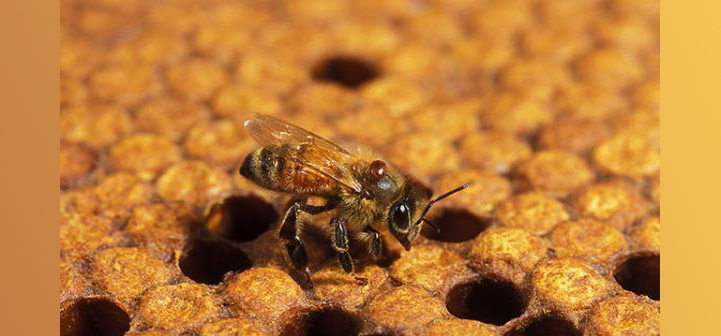When one looks into a bee nest, three different and distinct adult bees and three immature stages can be seen. The three adult stages present in a bee colony are the queen, the worker and the drone. Queen and workers are females, the two members of the caste system characteristic of eusocial insects. They have different tasks – termed division of labor. The male bee adult is called a drone.

The queen is a fully-developed female whose two functions are …





